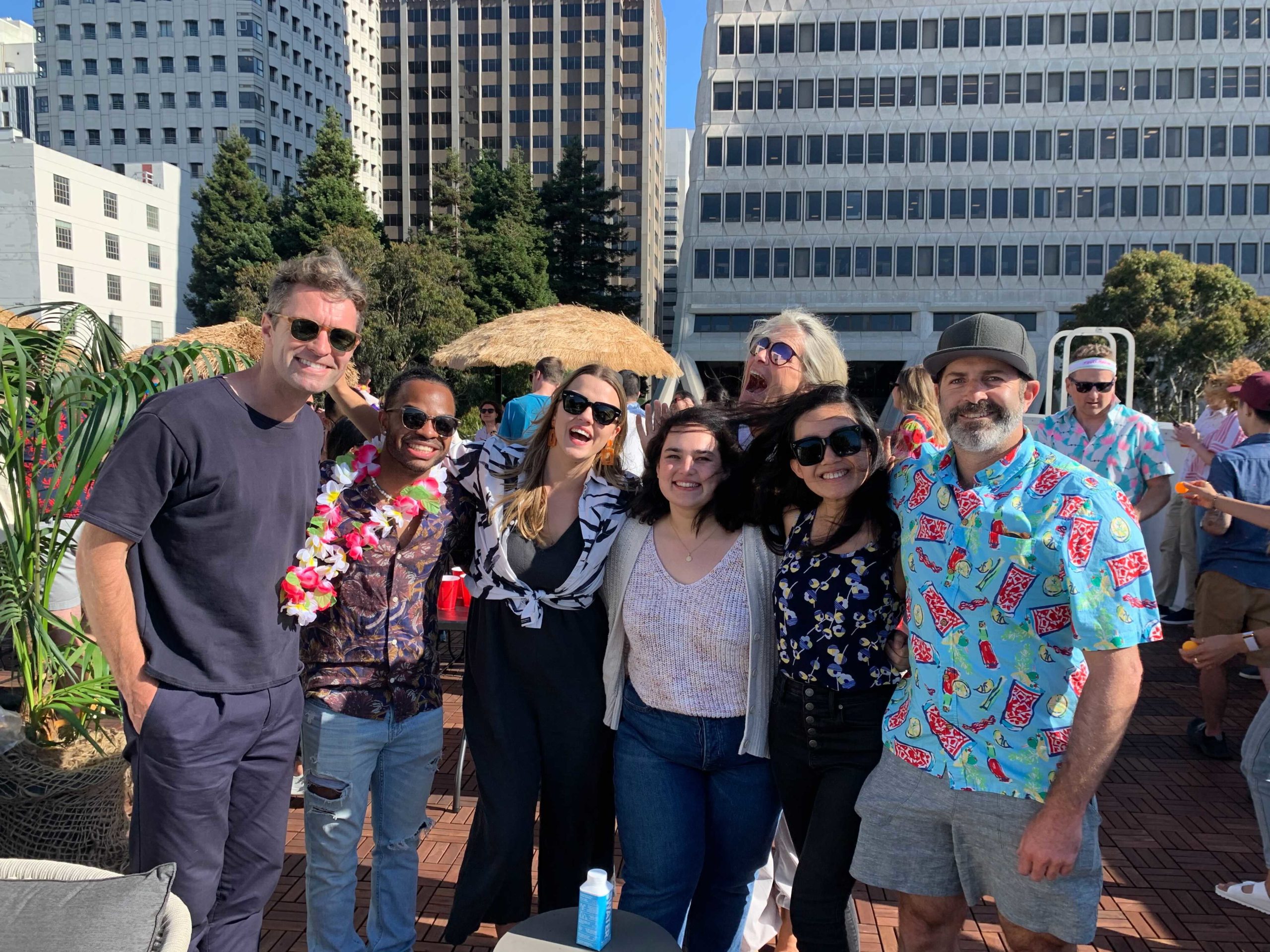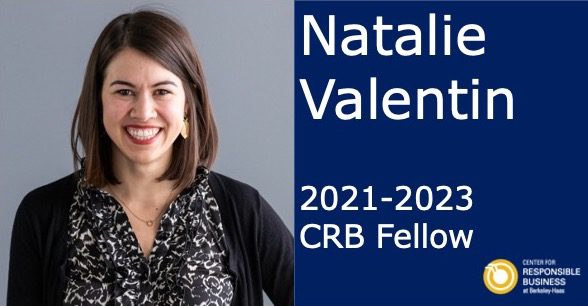Chicken Noodle Soup for the Environmentalist’s Soul
By Grant Takahashi, Haas MBA 2014

There are many thought leaders and outspoken advocates within the sustainability movement, but there are few who give us hope and encouragement in the way that Bill McDonough does. After hearing Bill speak about his vision and latest book, I felt like I just been handed a big, steaming bowl of revitalizing hope and encouragement to renew my efforts in helping make the world a more equitable and beautiful place.
Bill McDonough, famed architect, author, and environmental visionary, recently spoke at UC Berkeley on behalf of the Center for Responsible Business with a message that we need to radically rethink our approach to sustainability. Currently, every level of society obsesses about reducing our energy consumption, or reducing our impact, or making things less cancerous. Companies create reports and set goals on how they will reduce energy use by X percent in 2016. Governments set goals on how to reduce their carbon emissions. People buy paint that is low VOC (volatile organic compounds) which means that people are buying “less cancerous” paint. Bill McDonough boils all these statements down to “being less bad”.
Bill McDonough thinks the idea of getting to zero as a goal is simply crazy and disappointing. He wonders: if our aim is zero, why do many of our (sustainability) activities even exist? But, he doubts that this is actually what we want. Instead, what if we could actually renew and help nature flourish in our activity and products? In his new book, Upcycle, Bill McDonough and Michael Braungart lay out an ambitious idea:
Instead of protecting the planet from human impact, why not redesign our activities to improve the planet? We can have a beneficial footprint.
It’s hard to grasp the fundamental shift of this statement, until you witness and understand some examples. He lays out three main principles in Upcycle: everything is food, use clean energy, and celebrate diversity.
McDonough shares his experience of growing up in Japan and how his parents would sing a story about a nightly wagon that would go around collecting human sewage and distribute it to the surrounding farms. Bill thought this system was how all cities and farms operated when he was young; now, he talks enthusiastically about a current project in China to scale this idea by using city sewage to provide nutrients to farms. He extends this idea to rooftop gardens on all city buildings with advanced hydroponic and lighting systems enabling high productivity and further developing a symbiotic system.
McDonough emphasizes the use of clean energy as one of the key pillars of living in abundance. He offers up the idea to put solar panels alongside the thousands of miles of interstate highways and railroad track. Instead of building pipelines from Canada or drilling in Montana, why not take advantage of the existing eminent domain and infrastructure already built, especially given the cost per kWh of solar today? He at one point quotes Thomas Edison, who hoped that people would figure out a way to tap the energy of the sun before waiting for oil and gas to run out.
In celebration of diversity, McDonough shows a current building project in Barcelona in which the walls of the building are a habitat for butterflies, which actually helps encourage life in the building’s surrounding habitat. Children are able to open one of the glass walls and release the butterflies into the surrounding park area. More and more people seem to be embracing the idea of living buildings as “the greenest office building in America” recently opened on Earth Day in Seattle Washington. It is one of the first projects to adhere to guidelines created by the Living Building Institute.
Fundamentally, McDonough views many of our current environmental problems as design problems. He defines design as the intention of humans. The question, then, is: what is our intention? According to Bill McDonough and Michael Braungart,
The goal of the upcycle is a delightfully diverse, safe, healthy, and just world with clean air, water, soil, and power- economically equitably, ecologically, and elegantly enjoyed.
I personally resonate with Bill McDonough’s vision because the idea of living buildings is one of the main reasons I chose the Haas School of Business to pursue sustainability within the built environment. I am intrigued with biomimicry and the use of design principles to reimagine the physical structures that we create.
I think we need more people like Bill McDonough to paint the picture of what is possible. By showing us what is possible, we can then move forward with purpose and begin the tough work of redesigning human activity to mimic nature.
Bill McDonough gives us food for thought, or should I say chicken noodle soup for the soul?


